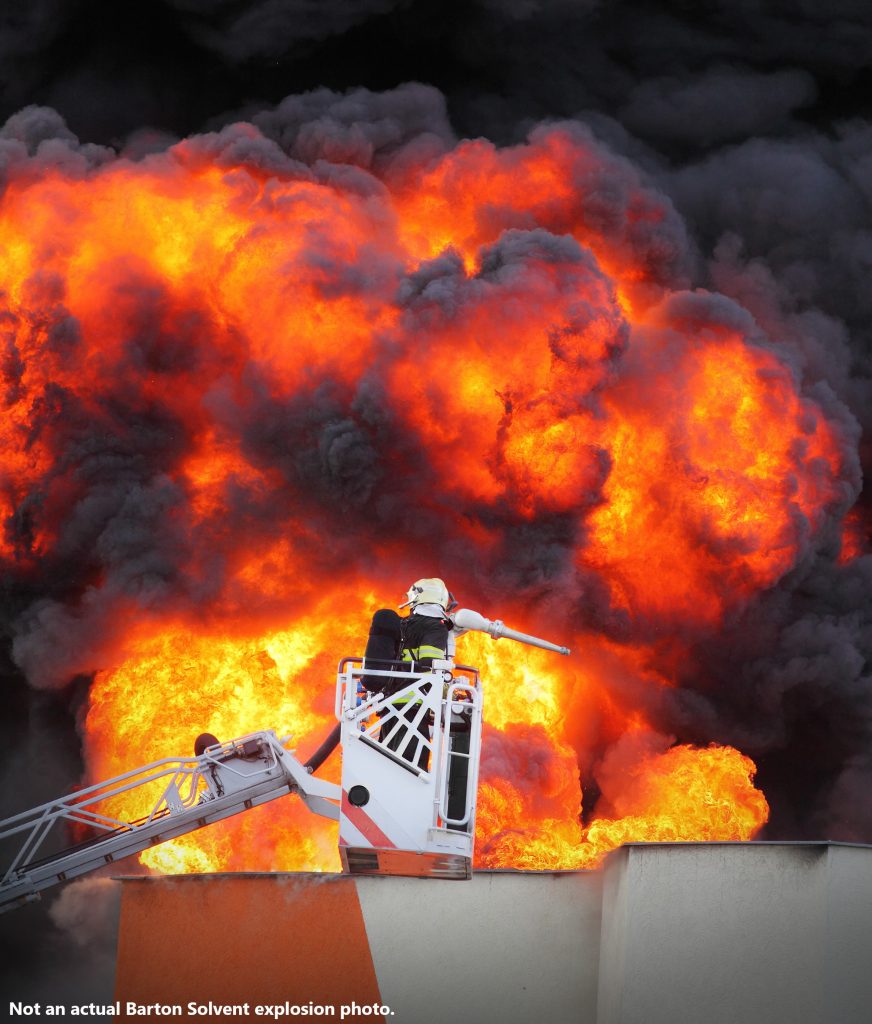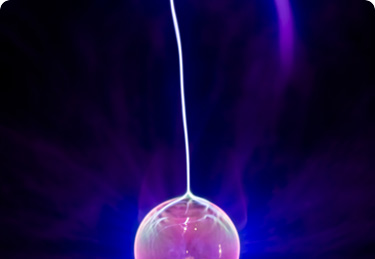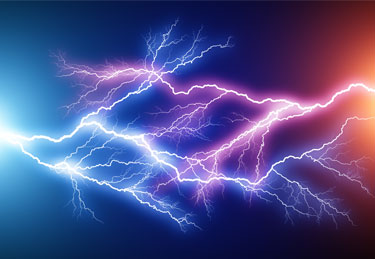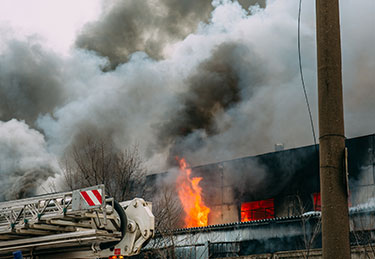Search
Electrostatic Hazards: The Barton Solvents Explosion Revisited

Once in a while a process safety incident occurs that registers in the mind of everyone operating a chemical plant. At Stonehouse, we find it useful to occasionally look back on these incidents; to read and to humbly re-learn the lessons that are as relevant today as they were back in 2007 when this particular explosion occurred – in Wichita, Kansas. We hope you agree with us.
The incident in questions led to the evacuation of 6,000 residents from their homes, destroyed a tank farm and caused significant disruption to Barton Solvent’s business. It aroused the interest of the U.S. Chemical Safety Board (CSB) which set about an investigation culminating in the preparation of a report and video from which everyone can learn (ref 1.) All this because of the tiniest of electrostatic ‘sparks’.
The explosion occurred during an operation that happens many thousands of times a month throughout the chemical and process industries; namely the transfer of a flammable liquid from a tanker-trailer into a storage tank. On the particular occasion we describe here, the liquid being transferred was the wonderfully named ‘Varnish Makers’ and Painters’ naphtha’ – or VM&P naphtha, but it’s not the name that matters; it is the combination of flash point, temperature and liquid conductivity:
- VM&P naphtha flash point = 58 degF (Class IB flammable liquid)
- VM&P naphtha conductivity =3 pS/m (Low Conductivity)
This data reveals VM&P naphtha to have a flash point and conductivity that puts it alongside a number of hydrocarbon products that have:
- Sufficiently low vapor pressure to allow the formation of an easily ignitable vapor-air mixture close to the liquid surface in closed vessels or containers at room temperature, AND
- Low electrical conductivity, implying the possibility of dangerous levels of static charge generation and accumulation on the liquid (ref. 2).
The initial explosion occurred soon after the commencement of transfer of VM&P naphtha from the final compartment of a trailer into a 15,000 gallon, above-ground storage tank. The explosion launched the tank into the air; it landed approximately 130 feet away. More tanks ruptured and released their contents into the fire which spread throughout the tank farm bunds. The contents of other tanks over-pressurized or ignited, launching steel tank tops (10-12 feet in diameter), vent valves, pipes, and steel parts off-site and into the adjoining community. The explosion and associated fireball were observed several miles away.
Let’s take a closer look:
NFPA Class IB flammable liquids can form vapor-air mixtures inside their containment vessels at normal handling temperatures.
Static electricity is generated whenever liquids flow through pipes; but with liquids of low conductivity, static can build up on the liquid. The charge generation rate and subsequent voltages that build up on the liquid become even higher if there is a second, immiscible liquid present (e.g. water) or if liquid/plant contact areas are increased (e.g. through filtration, agitation, or even splashing). Electrostatic charge build-up is not always hazardous, but high voltages can induce charge onto metal plant and equipment and if this metal plant is not properly grounded, a spark hazard can occur.
Even in well-grounded process plant and equipment there is still the risk of ‘brush’ discharge formation as electric fields from the charged liquids intensify at small radius – but not too sharp – metal plant and equipment. Very high voltages can produce brush discharges from well-grounded plant and equipment; so, note here that electrostatic ignition of vapor-air mixtures can still be possible, even in well-grounded plant.
There is another potential electrostatic source of ignition (ref. 2) related to water bottoms in storage vessels. In some cases, slugs of water can be stirred up by the incoming low conductivity, Class IB liquid and become charged through their contact with the incoming charged liquid.
In the case of the Barton solvent explosion, CSB concluded that design of the tank liquid level gauging system float had a loose linkage at the float/tape junction that could separate slightly, interrupting grounding and creating the potential for a spark. CSB concluded that turbulence and bubbling during the stop-start transfer pumping, in addition to creating rapid static charge accumulation, also likely created slack in the gauge tape connected to the float, causing the linkage to separate and spark. It could not be ruled out, however, that it was a brush discharge from the liquid surface to the float – or even a water slug raised from the tank base (ref. 2) that was the root cause of the explosion.
Key findings
CSB determined that several factors likely combined to produce the primary explosion at Barton Solvents (ref. 1):
- The tank contained an ignitable vapor-air mixture in its head space.
- Stop-start filling, air in the transfer piping, and sediment and water (likely present in the tank) caused a rapid static charge accumulation inside the VM&P naphtha tank.
- The tank had a liquid level gauging system float with a loose linkage that likely separated and created a spark during filling.
- The SDS for the VM&P naphtha involved in this incident did not adequately communicate the explosive hazard.
Recommendations – Electrostatic Safety
CSB made recommendations designed to prevent explosions with flammable liquids like VM&P naphtha. Specifically, they recommended changes to SDS’s be made that communicate:
- Warnings that the material is a static accumulator and can form an ignitable vapor-air mixture inside storage tanks.
- That bonding and grounding may not be enough.
- Specific examples of additional precautions to preventing static electric discharges, and
- Conductivity testing data, so that companies know the degree to which a material will accumulate static.
Of course, in the pumping of flammable, low conductivity liquids, protection against the dangers of static electricity will always begin with good grounding and bonding – but this is not always enough. Static electricity can accumulate in the pumped liquids that can lead to hazardous charge (voltage) levels. In the incident, it was surmised that air pockets may have been introduced into the fill pipe as transfer compartments were changed. There may also have been sediment stirred and water in the tank.
Other possible routes towards safe plant include: use of inert gas in the tank head space, modification of the tank level floats to guarantee their electrical connection to ground, use of antistatic additives in the liquid (to increase liquid conductivity), and even a reduction in flow velocity to reduce rate of charge generation.
If you would like to know more about control of static electricity in liquids on your plant, please contact us on 609-455-0001 or email us at [email protected].
Ref. 1 https://www.csb.gov/barton-solvents-explosions-and-fire/
Ref. 2 Reppermund and Britton: Paper presented at SCHC Spring 2009 Meeting, Houston, Texas, April 7-8, 2009

Get in touch
To learn more about our expertise and services in dust explosion prevention & mitigation, call us at +1 609 455 0001 or email us at [email protected] today.
We also offer tailored virtual and in-company process safety training programs on Dust Explosions, Static Electricity and HAC (Hazardous Area Classification) and more. Find further information here.










